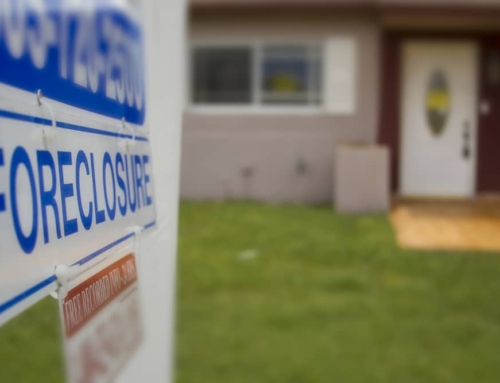In the quest for the “perfect house,” home buyers sometimes forget to look at the neighborhood in which the house sits.
It’s not that neighborhood is all-important, but if you don’t like the neighborhood – even if you love the house – you probably won’t be happy living there.
The best way to find a house you love is to find a neighborhood that contains all of the amenities you want, including a good school district, diverse shopping, easy access to transportation, houses of worship, low crime, and recreational options like a well-run park district and local library.
How do you find a neighborhood? Most people choose neighborhoods because they’re close to family, friends, a particular house of worship, or their job. If schools are important to you, consider using a company like School Match (SchoolMatch.com) that can help you narrow down the choices based on special programs different schools offer.
Once you’ve narrowed down your search to a specific town, it’s time to figure out which neighborhood within that city or town is going to be right for you. And, there’s nothing like spending time in various neighborhoods to figure out whether you’re going to be happy living there.
Drive the commute in the morning and evening rush hour and see how long it takes you to get to work. Walk around the neighborhood as kids are going to school and coming home in the afternoon. See who takes the train in the morning and gets off at the end of the day.
Meet some of the shop owners. Ask them how long they’ve been open and whether they like the location. Shop at the local grocery store and see if it carries the items you like. Is this a convenient neighborhood? How far will you have to drive to get a gallon of milk? Or, can you walk to the neighborhood grocery store? What about a local gas station or dry cleaners? Chasing around after the basic necessities can eat up a lot of free time.
If you tend to work late, are there restaurants around town you like that will deliver food? Or, does the local grocery store offer pre-cooked items you can pick up quickly on your way home from your job?
Drop by the local police station and have a conversation with the sergeant on duty. Ask what kinds of crime occur in the neighborhood and with what regularity. Drive through the streets and alleys and see how local homeowners keep up their properties. If you see trash, unkempt lawns, broken windows, battered homes and graffiti, this may not be the neighborhood for you.
Consider getting a subscription to the town newspaper. Or, go to the local library and spend an afternoon browsing through recent issues. You should get a good feel for the what’s happening in the area.
Drop by the local town or village hall and talk to the receptionist about what’s happening locally. You might also want to sit in on a village or town board meeting. If there are big issues, such as rezoning various parts of the neighborhood, you’ll want to know about it.
If you have children, spend time in the local playground and meet some of the residents. Talk to them about what they like and dislike about the neighborhood. Ask them what they’d change if they could.
It takes time to get to know a neighborhood. But once you spend a few hours hanging around the ‘hood, you’ll start to see whether this is a neighborhood in which you could be happy for the long-term.






Leave A Comment